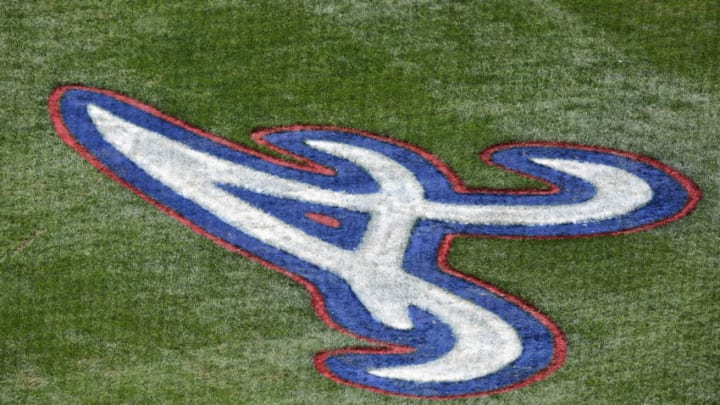
My look at the best players in Atlanta Braves franchise history continues with a review of the top ten outfielders.
I originally planned to look at each outfield position separately, but records of the early years don’t contain enough detail, and as we know, outfielders bounce around a lot. So, I decided to lump them all together, and build a list of the top ten Atlanta Braves’ franchise outfielders, Because there are so many I’ll present a couple at a time.
Limiting it to ten meant I once again had to lower limit on games played and plate appearances; I settled on 560 games and 2350 PA. I know the cutoffs are odd, but the text will explain my decision.
Playing for the franchise longer edged out some good performers who came and went relatively quickly, including Hall of Fame players like Joe Kelly and Jim O’Rourke; sorry Duff Cooley fans, he didn’t make the cut.
The 149-year history of the franchise includes 108 players who played in at least 154 games and made at least 500 PAs for the Braves’ franchise. As in previous posts, I used plus stats as a tool to compare them across different eras.
Plus stats like OPS+ tell us how well a player stacks up against the rest of the league when he played, with 100 as league average. Using a Fangraphs custom player search by position, a created a table of the following plus stats. I added other statistics for each player’s page on Baseball-Reference when needed to fill out the profile
- wOBA – if you care about determining how well a player contributes to run-scoring, wOBA is a more accurate representation of that contribution than OPS
- wRC+ – If you want a rate statistic for hitters that weights each offensive action and controls for league and park effects, wRC+ is for you.
- AVG+
- OBP+
- SLG+
- fWAR
- dWAR – Baseball-Reference’s defensive WAR stat
- rWAR I looked at every player’s plus stats, sample-size in terms of games played, impact on the franchise, and contribution to the team’s success.
